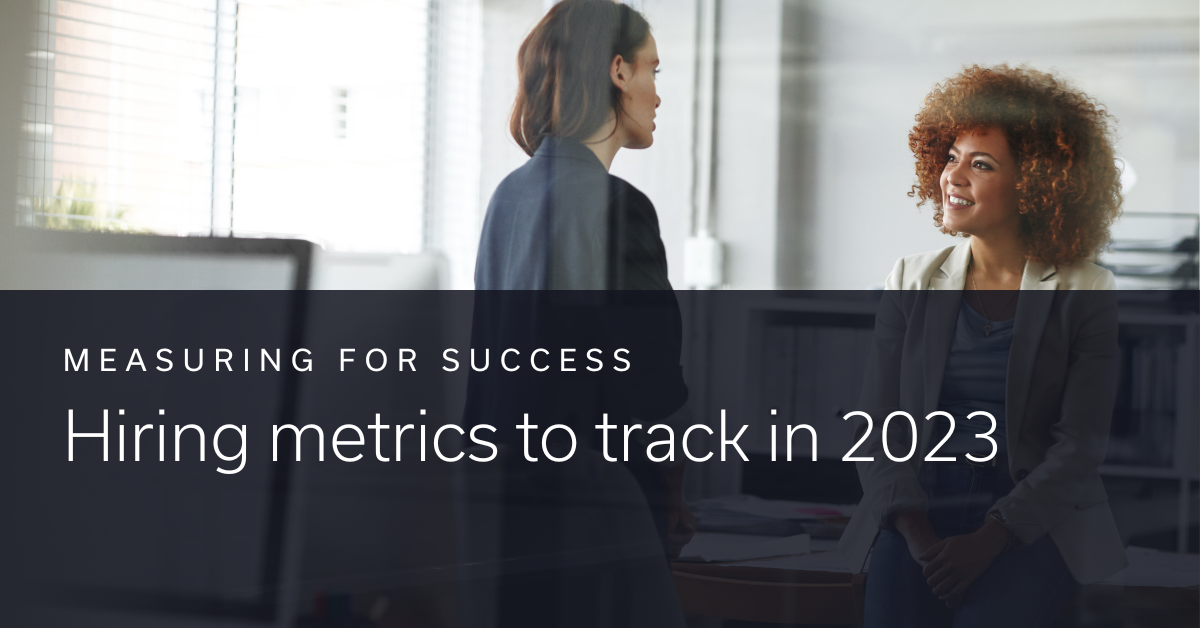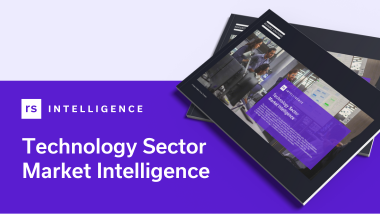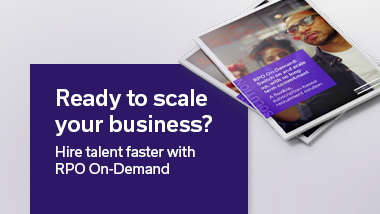3 Key Metrics to Track in 2023
Throughout January, with the help of my colleague Dean Bailey, we have discussed what we feel are the fundamental hiring metrics that will prove to be even more influential in 2023. In this article, I will summarise the three big ones that leaders and hiring managers should focus on.
1. Internal mobility
An internal mobility programme can work wonders for retention. It will enable you to not only redeploy or ‘build’ your own talent but offer your employees new and exciting career pathways. But you have to communicate and promote this, both externally – it should be a key component of your employer value proposition (EVP) toolbox – and internally. This requires having the right infrastructure and investment as well as C-Suite buy in– making professional development and internal mobility a strategic priority and cultural pillar.
In order to bring about change though, you have to look at your attrition rate and understand why people are leaving. This involves analysing internal hiring data at the organisational, divisional and job family levels so that you can identify where the opportunities lie. You also need to consider other indicators such as the volume of internal vs. external applications, which will show engagement levels. Tracking lateral vs. promotional moves as well as the diversity of talent moving through the organisation are also important.
And given the pace of technological advances, upskilling and reskilling should also be an imperative. Tapping into the technical skills, interests and aspirations of existing employees will help plug talent gaps, whether for part time assignments or longer-term periods. And it’s a great way to develop and retain your people. Engaging with an RPO can assist in shaping an internal talent marketplace proposition, not only promoting internal opportunities but giving you a level of visibility and insight that will maximise the ROI of your programme.
Top takeaway: internal mobility will not only boost retention and engagement but will also reduce external hiring and onboarding costs while increasing productivity.
2. Cost per hire
Even though the definition is straightforward enough –hiring costs/number of hires – you’ve got to look beyond the numbers if you want to unearth those efficiency gains. For example, understanding what makes up your fixed and flexible costs is important because you might be able to move some of those fixed costs into more flexible arrangements through partnerships.
Working out cost per hire can get pretty complex especially if you don’t include the potential hidden costs that should be attributed to the hiring process but aren’t. Data insights and intelligence will provide you with the ammunition you need to make changes but only as long as you’re tracking the right metrics to begin with.
Partnering with an RPO can provide you with transparency over fees and commercial structures as well as the flexibility to achieve efficiency gains by avoiding costly agency fees. You’ll also be able to significantly reduce the cost of your own internal recruitment team, thereby minimising some of those fixed costs. And critically, detailed cost per hire analysis will enable you to streamline your processes and target the use of your budget more effectively.
Top takeaway: by understanding cost per hire and the balance between fixed and flexible costs you will use your budget smartly, achieve optimal ROI and improve recruitment outcomes.
3. Diversity
Lots of research reaches the same unequivocal conclusion: diverse teams and diversity of thought lead to improved business performance. Diversity has to be a strategic business necessity but it must be considered in its entirety. It’s not just about gender and race – there are many other strands, including sexuality, disability and other under-represented groups such as the neurodiverse to consider.
The effectiveness of your internal mobility programme and creating equal opportunity is one metric but there are a host of others to consider, such as retention of diverse talent, employee advocacy, even to the percentage of your employee population who have been trained on key topics such as unconscious bias or allyship. Attendance rates at internal events celebrating different cultures and genders such as Black History Month or International Women’s Day (IWD) are also telling measures; as are engagement rates with employee resource groups (ERGs).
Data once again plays a vital role in helping identify the gaps and boost engagement with the various groups. Candidate experience surveys and exit interviews will provide invaluable feedback, which could prove to be very enlightening. An RPO provider can, for example, offer diverse hiring audits and outreach effectiveness analysis. But diversity mustn’t stop at the point of hire – it’s about monitoring people’s careers and progress over time.
Top takeaway: Data-led insights will help you drive meaningful change on your diversity journey. Everyone is at a different stage, so don’t be deterred if you are only making incremental improvements.
That’s it! The three key metrics we believe will make a significant difference to hiring outcomes, engagement, retention and ultimately your bottom line.
I hope you enjoyed the series. If you’d like to discuss further, you can email me at daniel.masters@resourcesolutions.com
Read our previous blogs on cost per hire, internal mobility and diversity













